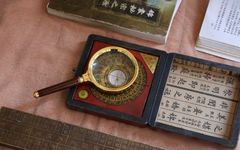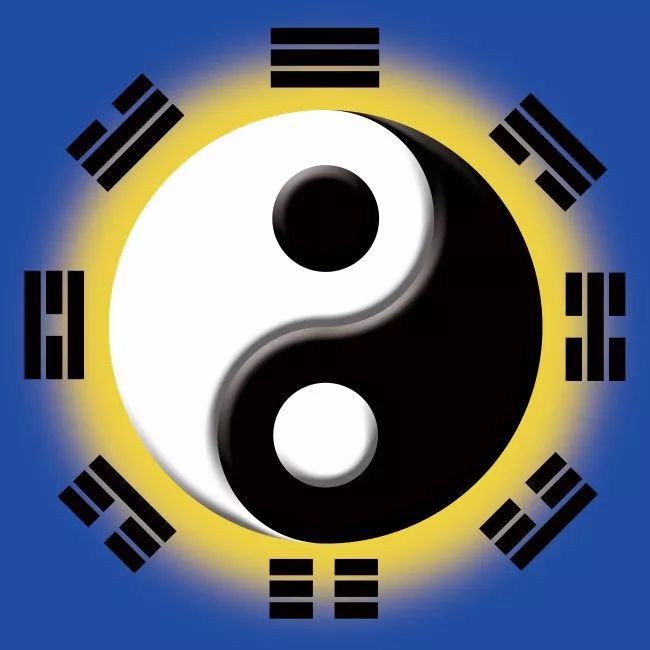
“Women are made of water, men are made of clay,” is a quote from Jia Baoyu in “Dream of the Red Chamber,” which summarizes the different emotional natures of men and women in a simplistic manner. Under the influence of the traditional Chinese philosophy of ‘Heaven and Humanity as One,’ mountains, rivers, and all people, regardless of age or gender, are imbued with emotions and characteristics. Only by aligning with nature can we achieve continuous life.
Recently, my teacher asked if I had any articles on women’s room Feng Shui, and I promised to look into it. Perhaps due to the historical influence of male superiority and the limitations of the saying “Only women and petty people are the hardest to raise,” I found that there are indeed few articles on this topic. Upon further reflection, I realized that the Feng Shui concept of ‘Yin Sheng Yang Shuai’ has also been turned into a derogatory term in modern society. Given a recent Feng Shui case I worked on in Hancheng City, it is indeed necessary to analyze the ‘Yin Sheng Yang Shuai’ pattern in Feng Shui.
In a village in Hancheng, I was visiting Liu Jie, a businesswoman from Xi’an who returned to her hometown. Liu Jie is one of the more relatable business owners I know. She is pragmatic in her business approach and has been very successful, earning respect and recognition from her peers. However, upon entering her village, I noticed that the layout was quite chaotic, with significant height differences on the right and left sides, creating a typical ‘Yin Sheng Yang Shuai’ pattern.
Causes of the ‘Yin Sheng Yang Shuai’ Pattern in Feng Shui
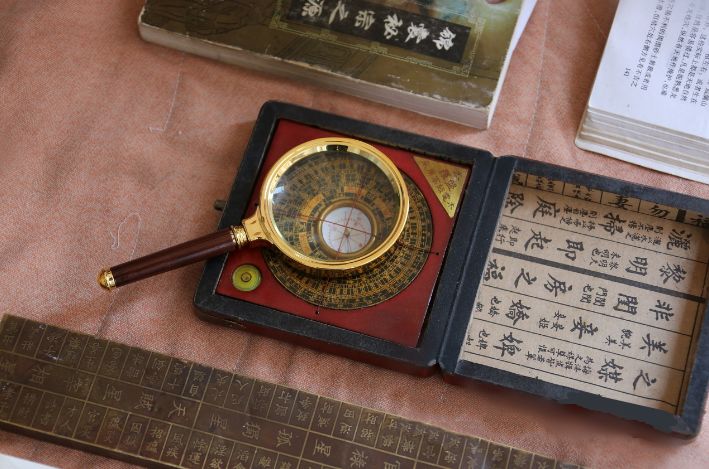
- One cause of the ‘Yin Sheng Yang Shuai’ pattern is the decline of the ‘Three Principles and Five Constants.’
In Feng Shui, the dragon vein, the hall, and the water mouth are referred to as the ‘Three Principles,’ where the dragon vein represents wealth and poverty, the hall represents the beauty and ugliness of the sand and water, and the water mouth represents life and death. The Five Constants refer to: dragon, cave, sand, water, and direction, where the dragon must be true, the cave must be flat, the sand must be beautiful, the water must embrace, and the direction must be auspicious. Specifically, the main reason for the ‘Yin Sheng Yang Shuai’ pattern in this village in Hancheng is the imbalance of these two natural elements: mountains and water.
According to the “Water Dragon Classic,” since the universe was created, mountains and water have been the two great instruments of Yin and Yang, standing majestically between heaven and earth. Mountains are static and Yin, while water is dynamic and Yang; mountains are strong and rigid, while water is weak and soft. Water flows continuously, while mountains remain steadfast, just as the heavens cover the four corners and the earth supports all things, with day and night each having their roles. Only by understanding the natural environment as an organic whole, recognizing that “stone is the bone of the mountain, soil is the flesh of the mountain, and water is the blood of the mountain,” and discerning the differences between Yin and Yang can one choose an ideal living environment based on the mountain and water veins.
However, the mountain in this village is Xiangshan (the flat dragon of hillock terrain), said to be the residual energy of Huanglong Mountain (the main dragon vein). The “Geographical Knowledge for the People” states: “When the dragon is strong, the dragon energy remains abundant, and the cave is complete, the mountain’s momentum is difficult to stop, there must be residual energy mountains, either a few miles or dozens of miles away, merging into small caves, depending on their strength, all have their own development.” Such small caves lack vitality, and thus cannot bring long-term fortune; their energy is seized by the main cave, making them likely to be false caves. The local Xiangshan should be a false cave, and since Huanglong Mountain belongs to the Qinling Mountain range, which is the main dragon vein, there is no definitive claim that the local Xiangshan belongs to Huanglong Mountain. How can such a false cave produce outstanding individuals? This also confirms that historically, apart from Sima Qian and Wang Jie, there have been few notable talents emerging from Hancheng.
Examining the local topography, the mountain is a type of ‘single mountain’ in Feng Shui, which is considered unfavorable and poorly shaped, lacking vitality. The village’s burial grounds are located on this mountain, which is quite puzzling. A solitary mountain with no surrounding support can only be used for temples; if used as a burial site, it will lead to a decline in descendants and make it difficult for future generations to excel. Liu Bowen’s “Random Thoughts on Feng Shui” states: “A solitary dragon and a lone mountain cannot be used for burial; if used, it will be difficult for descendants to thrive. Yang Gong’s words are worth remembering: dragons fear solitude, and caves fear coldness.”
The weakness of the mountain dragon leads to Yang’s decline, while the prosperity of the water dragon results in Yin’s dominance. The water dragon also has distinctions between main branches and tributaries; large rivers are the main dragons, while small streams are tributary dragons. Li Chunfeng in “Essentials of Yin and Yang” states: “Flat receiving veins are flat Yang; a rise of one inch is a mountain, a drop of one inch is water; protrusions in the flat indicate appropriateness.” The local water dragon is not only appropriate but also a main dragon, while the mountain dragon has no comparability; this river is the Yellow River.
It can be said that these two great natural instruments, with mountains representing Yang and water representing Yin, have formed a situation where women are the sky above men. When we worked on a project in a village in Hohhot, we encountered a similar imbalance of mountain and water leading to a ‘Yin Sheng Yang Shuai’ pattern, where the local Zijing Mountain was similar to Xiangshan, and the river was the local Huai River, a typical case of the water dragon being more prosperous than the mountain dragon, also resulting in women being the sky above men.
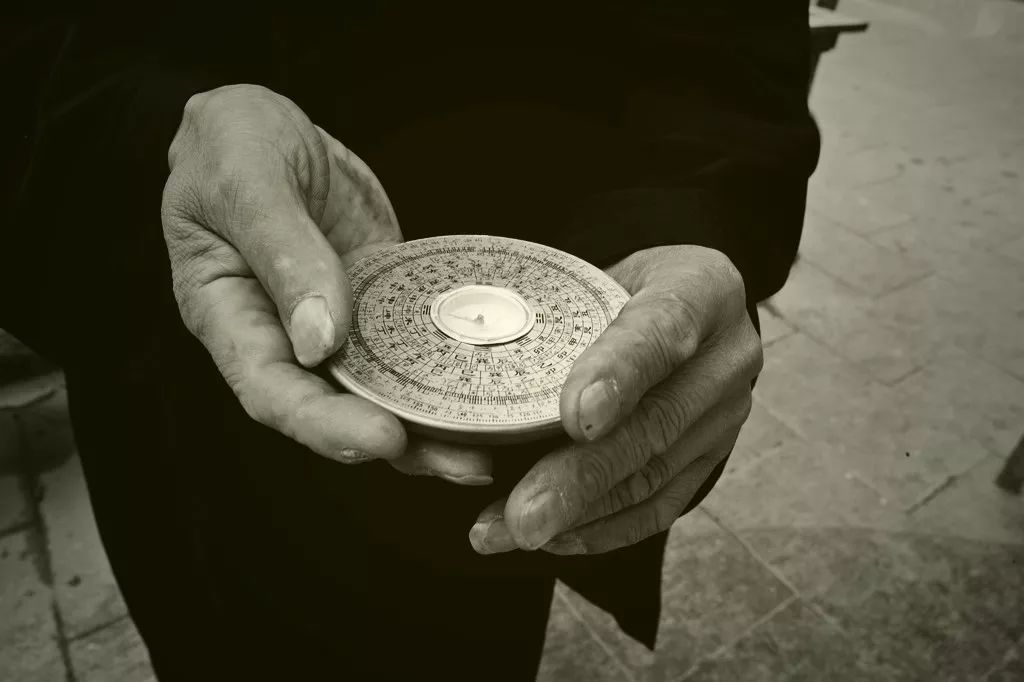
- Another cause of the ‘Yin Sheng Yang Shuai’ pattern is the ‘White Tiger Pressing the Green Dragon.’
The “Four Spirit Mountain Formula” originates from ancient astronomy’s twenty-eight constellations and is a method of celestial layout, namely “Left Green Dragon, Right White Tiger, Front Vermilion Bird, Back Black Tortoise.”
The Green Dragon and White Tiger are positioned on the left and right sides when looking forward from the house’s mountain. The left Green Dragon position is Yang and represents males; a strong Green Dragon indicates a good career outlook for men. The right White Tiger position is Yin and represents females; a strong White Tiger indicates a good career outlook for women. If the house is skewed to the left or right, resulting in a long Green Dragon and a short White Tiger, or a long White Tiger and a short Green Dragon, it indicates an imbalance of Yin and Yang forces, with unequal power dynamics between men and women in the household. The Green Dragon and White Tiger should be balanced; an overly strong White Tiger represents potential disputes.
Specifically, in this village in Hancheng, the architectural layout of the house has the Green Dragon position primarily occupied by a garage and toilet courtyard, which has a significant backflow (leading to financial loss and lack of family cohesion, detrimental to males); while the White Tiger position includes the living room, kitchen, and bedrooms, which are the main functional areas and are clearly higher than the Green Dragon position. If the architectural layout has the right side higher than the left, meaning the White Tiger is higher than the Green Dragon, as a Yin dwelling, it would lead to prosperity in the household; however, as a Yang dwelling, it would lead to the family’s downfall, with male careers declining and health suffering.
In Feng Shui, the White Tiger is viewed as a god of war and destruction, and it is best for the White Tiger side to remain still. Typically, if the right side of the house is higher than the left or if the right side has significantly more buildings than the left, an overly strong White Tiger indicates a White Tiger disaster. The uniform architectural style in this village clearly violates the White Tiger disaster. If a residence suffers from a White Tiger disaster, the family may experience illness or financial ruin; in severe cases, there may be bloodshed or casualties. The health of local men is noticeably weaker than that of local women, making women the backbone of the family.
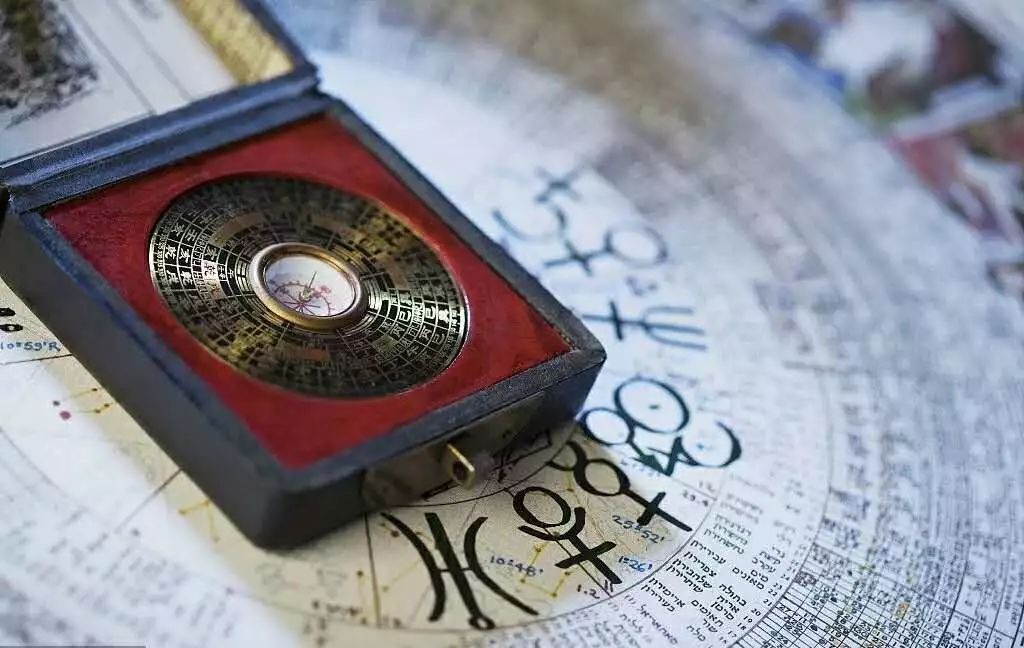
- The third cause of the ‘Yin Sheng Yang Shuai’ pattern is the ‘Scattering of Imperial Power Position.’
The central point of the residential building is crucial for the prosperity and decline of the family, referred to in Feng Shui as the ‘Imperial Power Position’ or ‘Great Imperial Extreme,’ which is the core area of the home’s ‘vital energy’ and ‘cave eye.’ This area should be quiet, serene, and tranquil, with all ‘vital energy’ radiating from here throughout the residence.
The ‘Imperial Power Position’ should be set as a shrine, study, living room, or dining room, and should not be a kitchen, toilet, or dressing room, to avoid disrupting the spread of vital energy and weakening the home’s vitality. In this village in Hancheng, the ‘Imperial Power Position’ is entirely occupied by the kitchen, reflecting a matriarchal ideology, making it difficult for local men to carve out their own space, as they may not even be able to cross the threshold of their own home.
Additionally, the kitchen belongs to the fire element, corresponding to the Li trigram, and placing the kitchen in the ‘Imperial Power Position’ can lead to heart, blood, cardiovascular, eye, and abdominal diseases, necessitating regular health check-ups. The Li trigram represents fire, and local men tend to be perceived as straightforward yet irritable, which is reflected in their driving habits; successful men are often calm and composed.
The above three points are the main reasons for the local ‘Yin Sheng Yang Shuai’ pattern; other minor reasons will not be elaborated on due to space constraints.
It is worth reiterating that the ‘Yin Sheng Yang Shuai’ pattern is originally a neutral and objective phenomenon that requires dialectical application; harmonizing Yin and Yang according to the shape and situation is the key to achieving harmony.
In Feng Shui, the ‘shape’ refers to the form of the mountain where the cave is located; the ‘situation’ refers to the various conditions presented by the dragon vein as it approaches the cave site. There can be no shape without a situation, and no cave without a shape. Guo Pu in “Book of Burial” states: “A thousand feet is the situation, a hundred feet is the shape.” Comparatively, a shape that is close but a situation that is far, or a small shape with a large situation. To recognize its shape, one must first observe its situation.
For a house, mountains and water represent its situation. The selection of a good residence begins with observing the large environment of mountains and rivers, and then examining the small water sources and veins of the residence, which can reveal how the small water flow, small water source, and small environment are constrained and influenced by the larger mountain and river environment.
This is similar to how traditional Chinese medicine diagnoses health by examining the pulse; from the main pulse characteristics such as fullness, thinness, tautness, slipperiness, floating, sinking, rapid, and slow, one can assess the health status. Similarly, the water veins in Feng Shui can be examined primarily from the functional state of the main water source’s cardiovascular system to observe the small water sources and tributaries’ characteristics, allowing for perfect designs in urban planning, building construction, and factory establishment.
The renowned historian of science and Fellow of the Royal Academy of Engineering, Dr. Joseph Needham, views Chinese Feng Shui as a “quasi-science.” He has conducted high-level research on Feng Shui and agrees with Chatly’s definition: Feng Shui is “the art of harmonizing the earthly energy of the living and the dead within the cosmic breath of the universe.” Needham’s understanding of Feng Shui is that if the graves of the dead or the residences of the living are not chosen in reasonable locations, various disasters will befall the descendants of the deceased and the residents; conversely, a Feng Shui treasure land will bring blessings and fortune.
Every place has its specific terrain and topography, which locally constrains various energy fields. People select and adjust based on the internal and external environments, including directions, auspicious days, locations, airflow, water energy, arrangements, Yin and Yang, and various obvious or potential factors, striving to achieve the realm of “following the natural way and harmonizing heaven and humanity” to attain the harmony that people yearn for. The invisible power and nature of energy are often influenced by the positions of celestial bodies, so the Feng Shui of a place should also consider the positions and orientations of celestial bodies.

